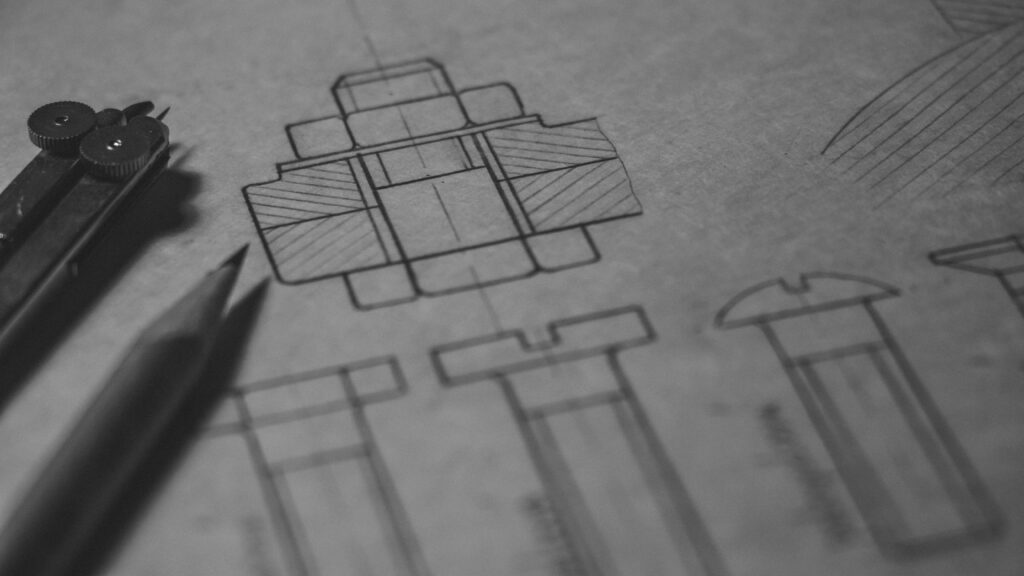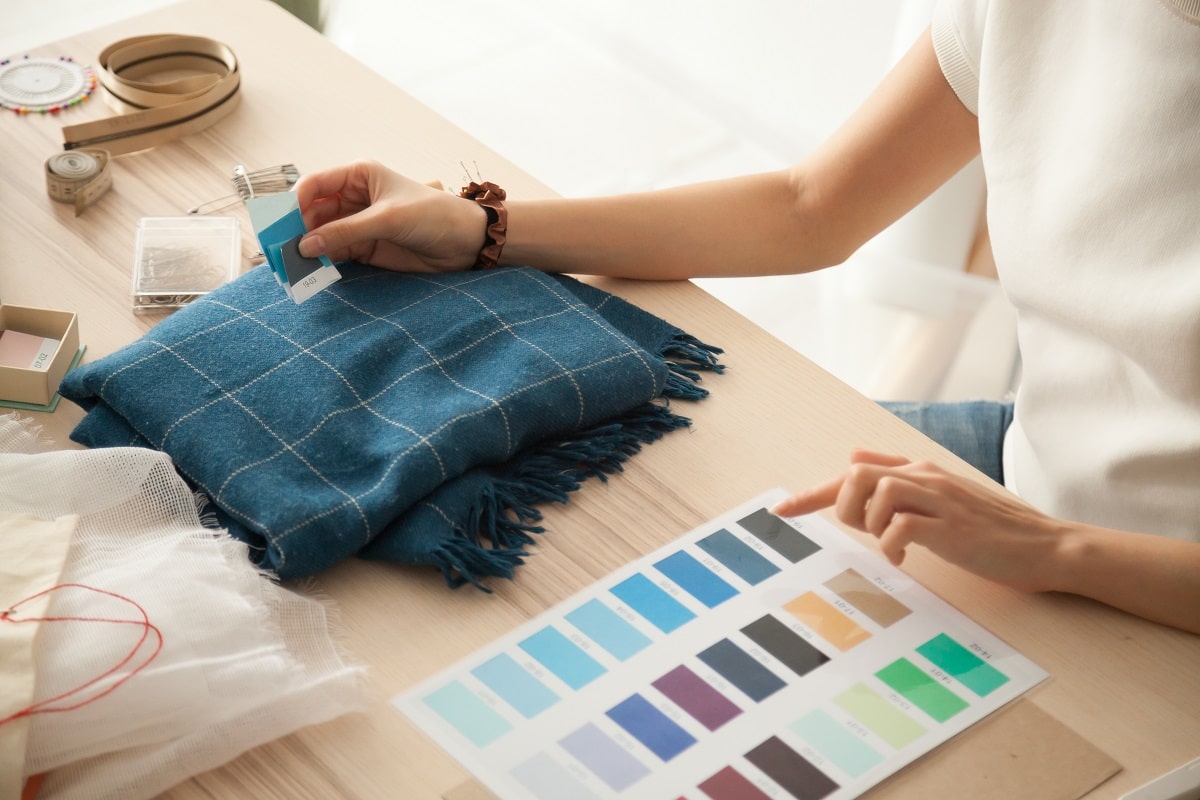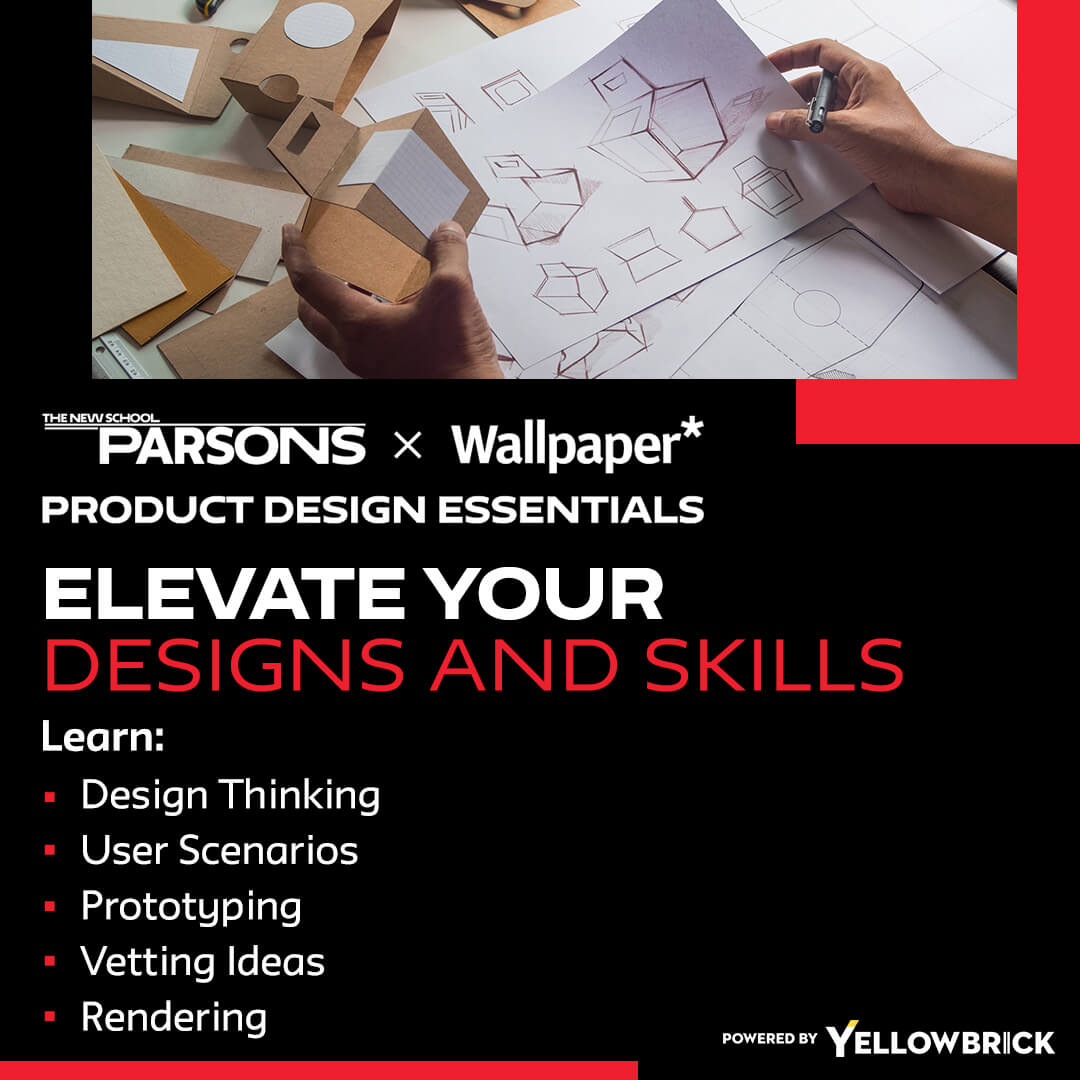Once you’ve built your foundational skills in product design, it’s time to consider which path best suits your interests, strengths, and long-term goals. The field of product design includes a wide range of roles—each offering a different focus and impact. Below are some of the most common roles in product design:
UX Designer
A User Experience (UX) Designer is responsible for making digital products usable, accessible, and enjoyable. They focus heavily on user research, wireframing, and creating user flows to ensure the product solves real problems effectively.
Key Responsibilities:
- Conducting user interviews and usability testing
- Creating personas, user journeys, and experience maps
- Developing wireframes and prototypes
- Iterating designs based on user feedback and data
This role is ideal for those who are empathetic, curious about user behavior, and enjoy problem-solving.
UI Designer
User Interface (UI) Designers work on the visual elements of a product interface. They design everything users see on the screen—buttons, icons, color schemes, typography, and layout.
Key Responsibilities:
- Designing visually appealing, brand-consistent interfaces
- Creating style guides, component libraries, and mockups
- Collaborating with UX designers and developers
- Ensuring visual hierarchy and accessibility
This path is great for those with a strong sense of aesthetics and attention to visual detail.
Product Designer
A Product Designer is a hybrid role that often spans across UX, UI, and strategy. They take ownership of the entire design process—from discovery to delivery—and work closely with product managers, developers, and stakeholders.
Key Responsibilities:
- Identifying user needs and business goals
- Conducting user research and defining product requirements
- Designing user flows, wireframes, and prototypes
- Collaborating with cross-functional teams to ship products
This role is well-suited for individuals who enjoy taking end-to-end ownership and thinking strategically.
Industrial Designer
Industrial Designers focus on physical products—anything from smartphones to kitchen appliances. They blend aesthetics, functionality, and ergonomics to create tangible user experiences.
Key Responsibilities:
- Sketching product concepts and creating physical prototypes
- Selecting materials and manufacturing methods
- Considering form, function, and usability
- Collaborating with engineers and manufacturers
This is an excellent role for those interested in tangible product creation and physical craftsmanship.
Design Strategist
A Design Strategist bridges the gap between design thinking and business strategy. Their goal is to ensure that design efforts align with broader organizational goals and deliver measurable value.
Key Responsibilities:
- Conducting market research and competitive analysis
- Mapping customer journeys and identifying pain points
- Facilitating design thinking workshops
- Aligning design work with business KPIs
Ideal for critical thinkers who enjoy high-level planning and working cross-functionally with executive teams.
UX Researcher
UX Researchers focus solely on understanding user needs, motivations, and behaviors. Their insights inform every stage of the design process, helping teams make evidence-based decisions.
Key Responsibilities:
- Conducting surveys, interviews, and usability testing
- Analyzing qualitative and quantitative data
- Presenting research findings to design and product teams
- Advocating for user needs throughout the product lifecycle
This role suits analytical minds with strong empathy and communication skills.
Interaction Designer
Interaction Designers define how users interact with digital products. They design behaviors like button responses, transitions, gestures, and animations that contribute to a smooth and engaging experience.
Key Responsibilities:
- Creating interactive prototypes with tools like Principle or Framer
- Designing transitions and animations
- Ensuring interactive elements are intuitive and accessible
- Collaborating with UX and UI designers for cohesive designs
Perfect for those who enjoy adding life and motion to user experiences.
Design System Manager
A Design System Manager ensures consistency and scalability across products by managing design guidelines and reusable components.
Key Responsibilities:
- Building and maintaining design systems
- Documenting UI patterns and best practices
- Coordinating with development teams for implementation
- Onboarding teams and maintaining consistency across platforms
This is a great fit for detail-oriented designers who like systems thinking and scaling design efforts.
Conclusion
Navigating your product design career path begins with understanding the unique responsibilities and strengths of each role. Whether you’re drawn to user research, visual design, strategic thinking, or systems management, there’s a place for you in the diverse world of product design. By aligning your skills and passions with the right role, you can carve out a fulfilling, impactful career that evolves with the ever-changing design landscape.
Key Takeaways:
- Product design offers diverse career paths, each requiring unique strengths and focus areas.
- UX Designers and UI Designers are foundational roles, focusing on usability and visual design respectively.
- Product Designers cover the full design process, blending strategy, research, and execution.
- Specialized roles like UX Researchers and Interaction Designers enhance user experience with data and motion.
- Choosing the right path depends on whether you prefer strategy, visual design, hands-on product creation, or research.
By honing your skills, staying curious, and embracing new challenges, you can carve out a successful and fulfilling career in product design that allows you to unleash your creativity and drive innovation in the ever-evolving design landscape. To excel in the competitive design industry, consider taking the Yellowbrick Product Design Essentials online course and certificate program.







